
How to Use 3.3V regulator: Examples, Pinouts, and Specs
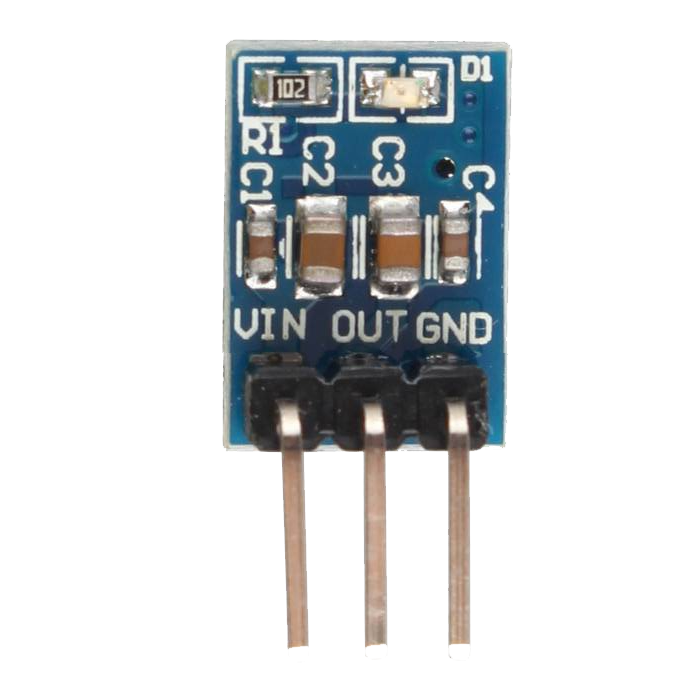
 Design with 3.3V regulator in Cirkit Designer
Design with 3.3V regulator in Cirkit DesignerIntroduction
The AMS1117 3.3 is a low dropout voltage regulator that provides a regulated output of 3.3V. It is designed by Advanced Monolithic Systems to deliver up to 1A of output current. The device is ideal for powering 3.3V logic levels in digital circuits, microcontrollers, and other sensitive electronic devices that require a stable power supply.
Explore Projects Built with 3.3V regulator
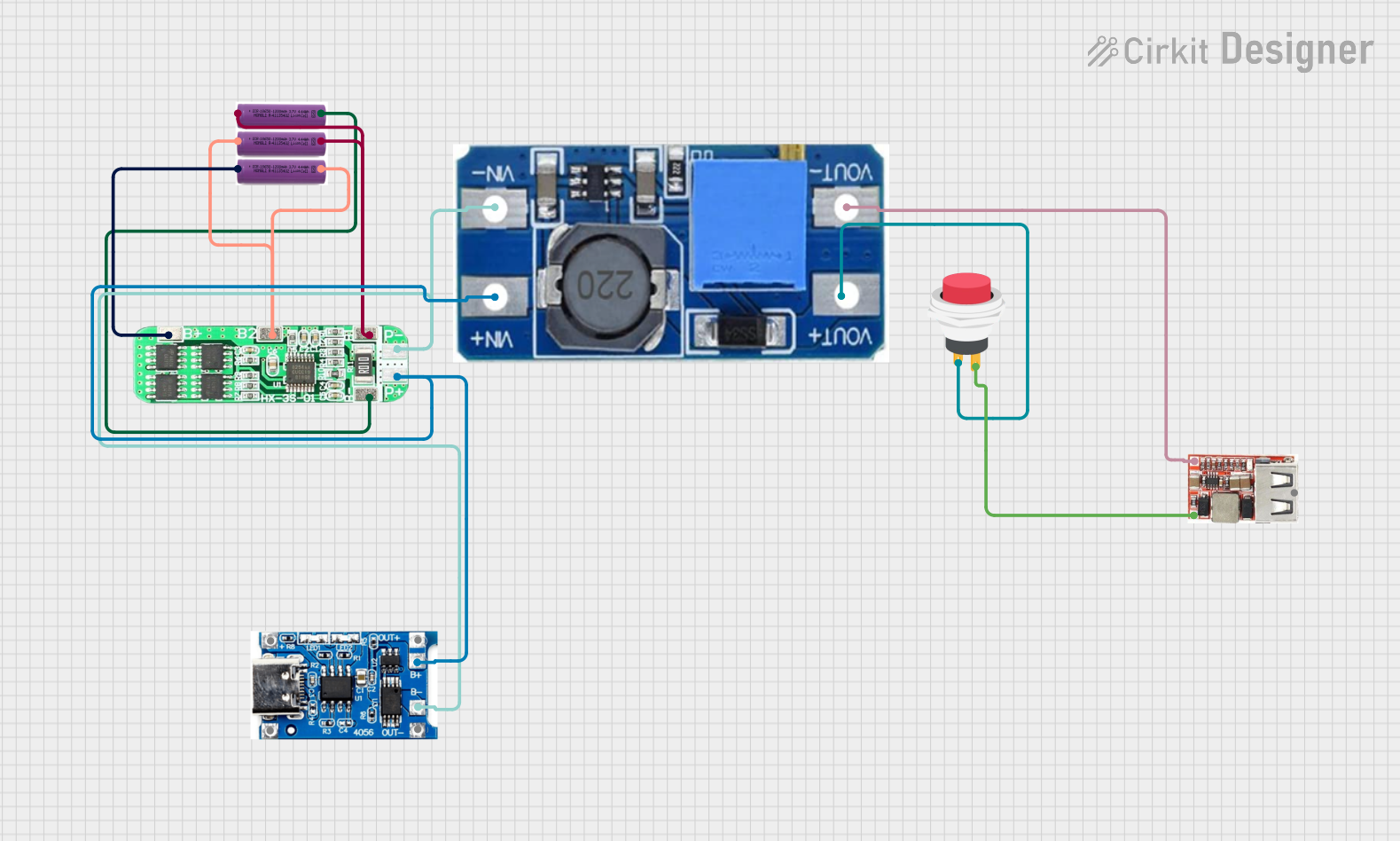
 Open Project in Cirkit Designer
Open Project in Cirkit Designer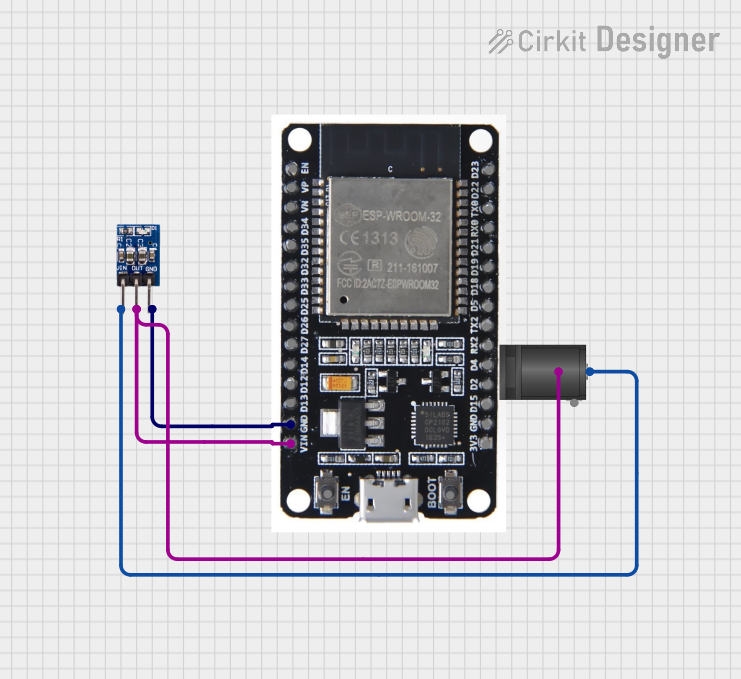
 Open Project in Cirkit Designer
Open Project in Cirkit Designer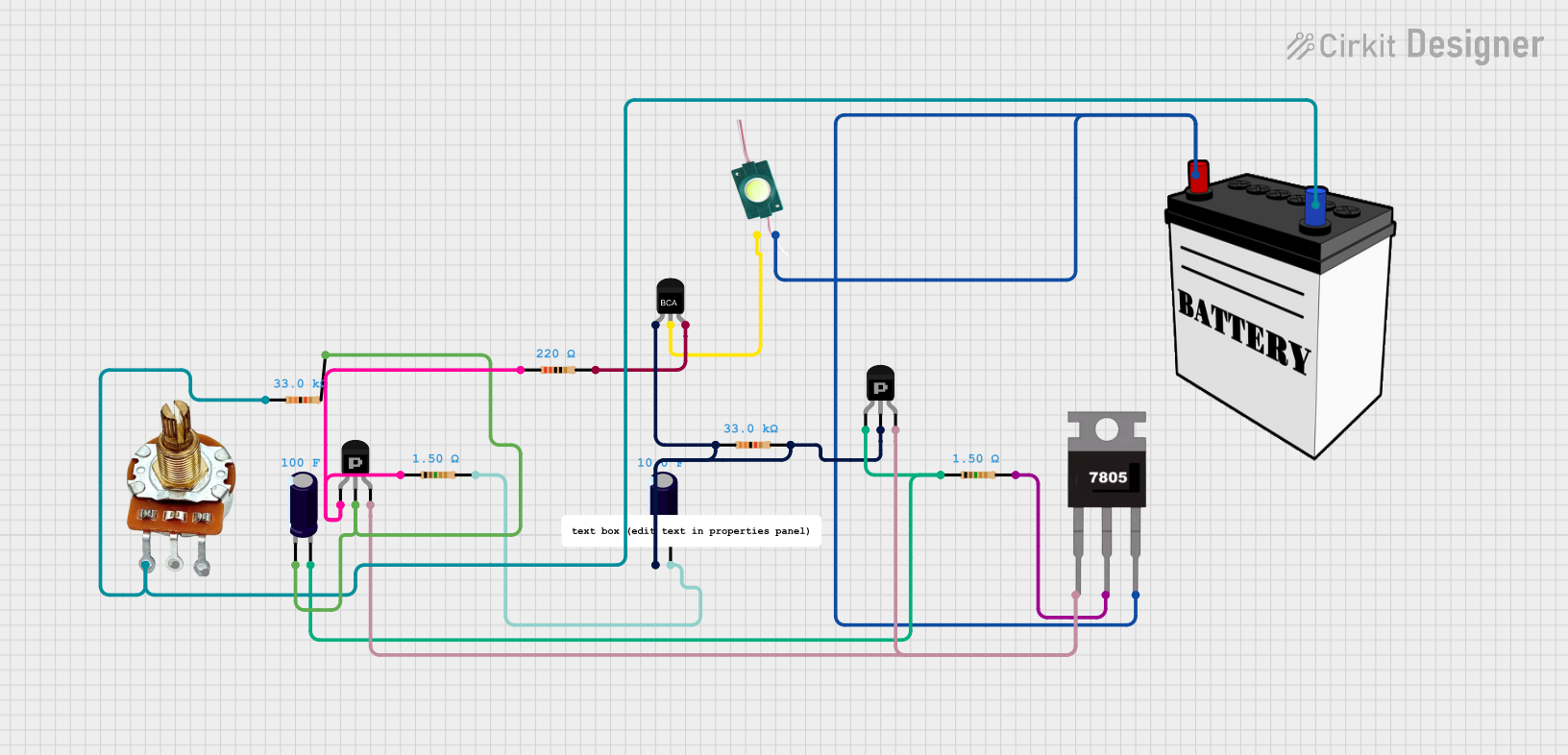
 Open Project in Cirkit Designer
Open Project in Cirkit Designer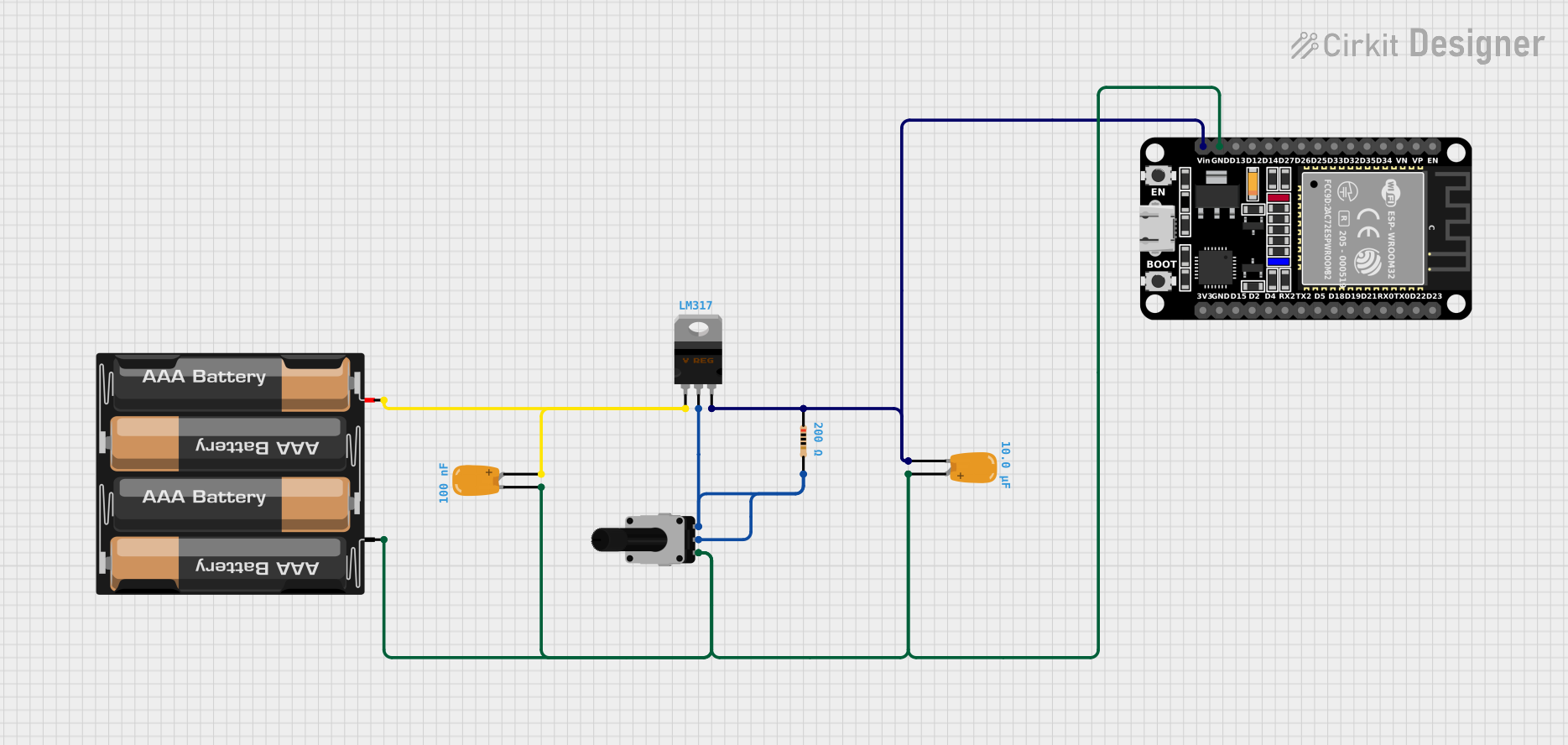
 Open Project in Cirkit Designer
Open Project in Cirkit DesignerExplore Projects Built with 3.3V regulator

 Open Project in Cirkit Designer
Open Project in Cirkit Designer
 Open Project in Cirkit Designer
Open Project in Cirkit Designer
 Open Project in Cirkit Designer
Open Project in Cirkit Designer
 Open Project in Cirkit Designer
Open Project in Cirkit DesignerCommon Applications and Use Cases
- Power supply for 3.3V logic circuits
- Microcontroller power source
- Battery-powered devices
- Peripheral power supply for computers and communication equipment
Technical Specifications
Key Technical Details
- Output Voltage: 3.3V
- Output Current: Up to 1A
- Dropout Voltage: Typically 1.1V at 800mA load
- Input Voltage Range: 4.75V to 15V
- Quiescent Current: 5mA (typical)
- Package: SOT-223, TO-252 (DPAK)
Pin Configuration and Descriptions
| Pin Number | Name | Description |
|---|---|---|
| 1 | GND | Ground reference for the regulator |
| 2 | VOUT | Regulated 3.3V output |
| 3 | VIN | Input voltage (4.75V to 15V) |
Usage Instructions
How to Use the Component in a Circuit
- Connect the VIN pin to your input voltage source, which should be in the range of 4.75V to 15V.
- Connect the GND pin to the common ground of your circuit.
- The VOUT pin will provide a stable 3.3V output. Connect this to the power input of your 3.3V devices.
Important Considerations and Best Practices
- Always ensure that the input voltage does not exceed the maximum rating of 15V.
- A capacitor (typically 10µF) should be placed close to the input and output pins to stabilize the voltage and reduce noise.
- Avoid loading the regulator with a current higher than 1A to prevent overheating and potential damage.
- Provide adequate heat sinking if the regulator is expected to dissipate significant power due to high load or input voltage.
Troubleshooting and FAQs
Common Issues
- Voltage Drop: If the input voltage is too close to 3.3V, the regulator may not be able to maintain a stable output due to insufficient dropout voltage.
- Overheating: Excessive power dissipation can cause the regulator to overheat, especially if the input voltage is high and the load is near 1A.
Solutions and Tips for Troubleshooting
- Ensure that the input voltage is at least 1.1V higher than the desired output voltage.
- Check for proper heat sinking and airflow around the regulator.
- Verify that the capacitors are correctly placed and are of the recommended value.
FAQs
Q: Can I use the AMS1117 3.3 to power a 3.3V microcontroller? A: Yes, the AMS1117 3.3 is suitable for powering 3.3V microcontrollers as long as the current requirements do not exceed 1A.
Q: What is the maximum input voltage for the AMS1117 3.3? A: The maximum input voltage is 15V. Exceeding this voltage can damage the regulator.
Q: Do I need external capacitors for stability? A: Yes, it is recommended to use input and output capacitors for stability and noise reduction.
Example Connection with Arduino UNO
The AMS1117 3.3 can be used to provide a 3.3V supply from the Arduino UNO's 5V output. Here's how to connect it:
// No specific code is required for the regulator itself.
// The following is an example setup for an Arduino sketch.
void setup() {
// Initialize digital pin LED_BUILTIN as an output.
pinMode(LED_BUILTIN, OUTPUT);
}
void loop() {
// Turn the LED on (HIGH is the voltage level)
digitalWrite(LED_BUILTIN, HIGH);
// Wait for a second
delay(1000);
// Turn the LED off by making the voltage LOW
digitalWrite(LED_BUILTIN, LOW);
// Wait for a second
delay(1000);
}
// Note: The AMS1117 3.3 is used to power other 3.3V components in conjunction with the Arduino.
// The above code is a simple blink example and does not interact with the regulator directly.
Remember to connect the VIN pin of the AMS1117 3.3 to the 5V pin on the Arduino UNO, the GND pin to one of the GND pins on the Arduino, and use the VOUT pin to power your 3.3V components.